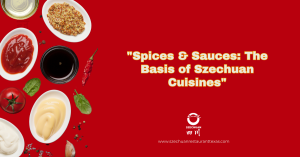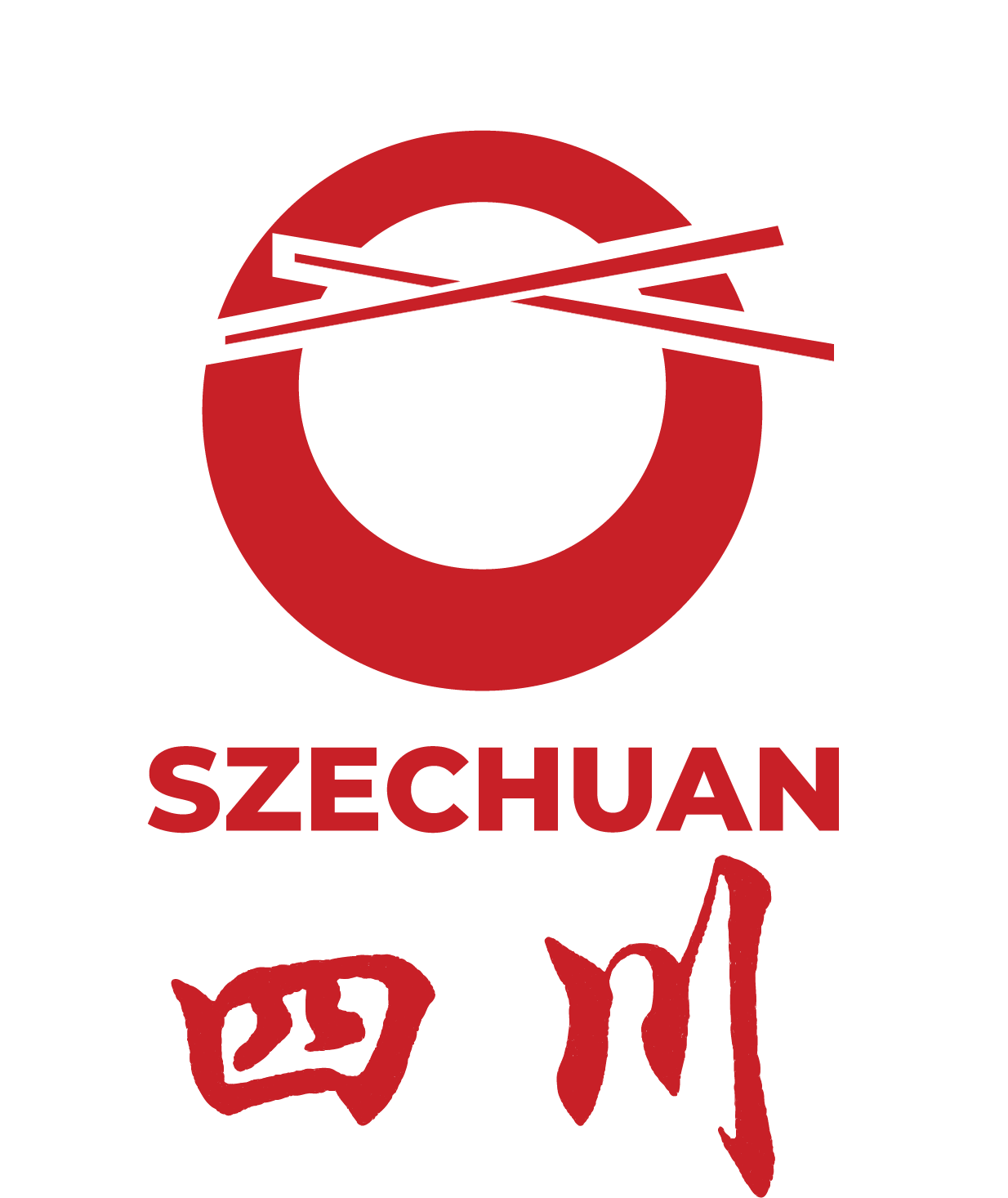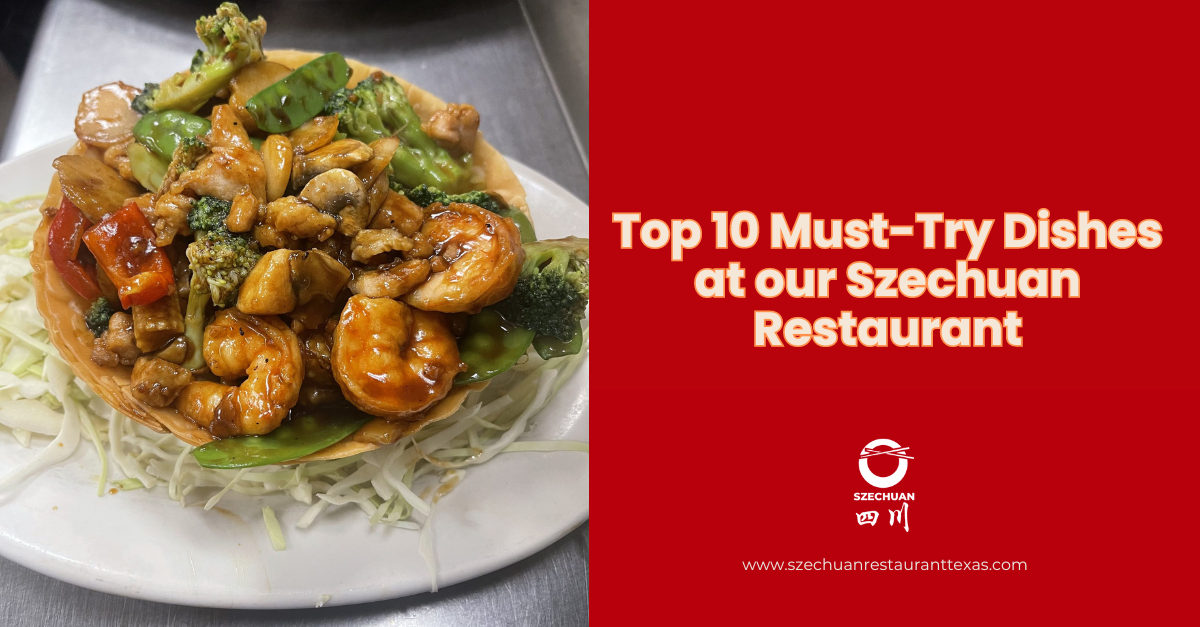
Spices & Sauces: The Basis of Szechuan Cuisines
Matt Arnold
Januar 27, 2021
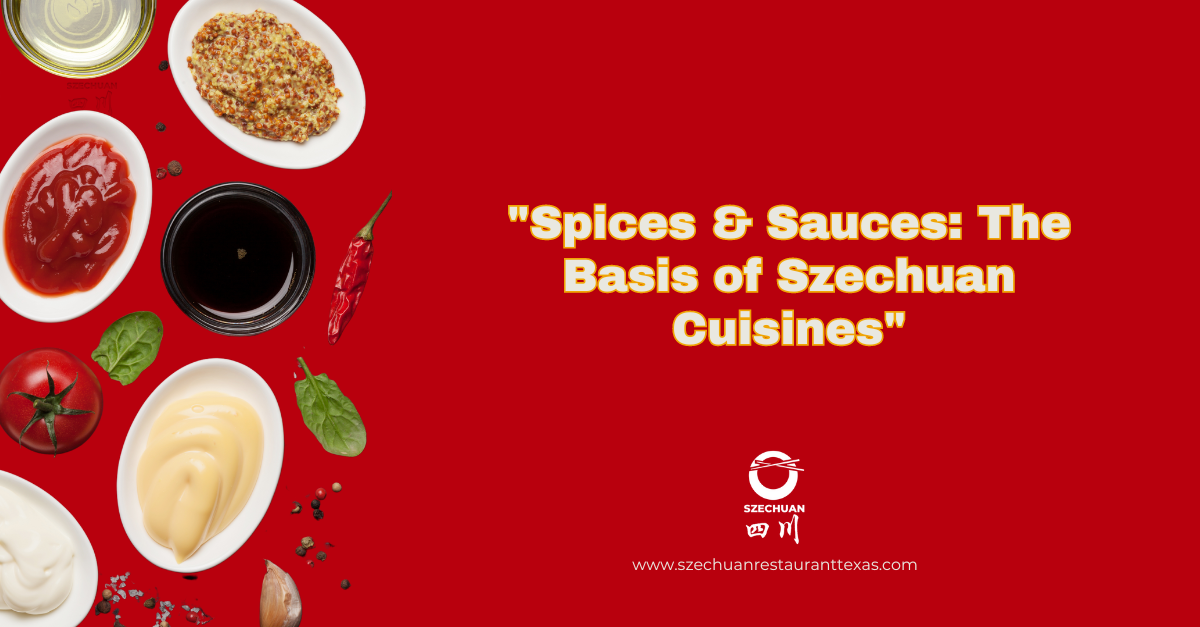
Did you know that Szechuan cuisines are known for their tingling and fiery flavors? And No, this hot and fiery flavor is not just because of the spice. These vibrant cuisines from Sichuan China have got much more involved in the cooking process than just the spices.
So, let’s explore some of the famous ingredients, spices, and sauces that are often used in delicious and mouth-watering Szechuan cuisine.
Sichuan Peppercorns and Chilies: Where the Heat Comes From
If you are wondering what gives Szechuan cuisines the numbing and tingling sensation, it is because of the Sichuan peppercorns and chilies. No, these peppercorns are not related to the black peppercorns, but they don’t disappoint in delivering that ‘ma la’ flavor.
What’s the ma la flavor you ask? Well, it’s the flavor that makes your tongue feel numb with a rush of spicy flavors.
In addition to the Szechuan peppercorns, chilies are also an important part of Szechuan cuisine. You’ll find dried red peppers like the Tianjin and Xiaomila varieties adding layers of heat. Now, these peppers are not there to set your mouth on fire; rather, they offer a balanced, smoky heat that complements all the other flavors.
Ginger, Garlic, and Scallions for Aromas
You’ll find plenty of garlic, ginger and scallions in a Szechuan kitchen. These three aromatic ingredients form the flavor base of many dishes. The warm and slightly spicy notes of ginger and pungent garlic enhance the flavors of the peppercorns. At the same time, the scallions add a fresh and mild onion flavor and are often sprinkled on top before serving to brighten up the dish.
Cinnamon and Star Anise for Sweet & Spicy Flavors
In Szechuan cooking, cinnamon and star anise are important for adding a warm, aromatic flavor to stews and braises. These ingredients are essential for making red-cooked dishes, where meat is slowly simmered in a soy sauce-based broth until tender and packed with flavor.
White Peppers for the Zing
White pepper is an important ingredient in Szechuan cooking. It is milder and more delicate than black pepper, giving a subtle heat that enhances the flavor without being too strong. You’ll find it in everything from soups to stir-fries; it gives each dish a gentle kick that’s essential for authentic flavor.
The Essential Blends: Five-Spice and Jiao Yan
To achieve the complex flavor of Szechuan cuisine, a blend of spices called five-spice powder is often used. It includes star anise, cloves, Chinese cinnamon, Sichuan peppercorns, and fennel seeds. This blend brings together the five fundamental flavors: sweet, sour, bitter, savory, and salty, and it can be used in both meat and vegetable dishes.
Jiao Yan is a simple yet powerful mix of Sichuan peppercorns and sea salt. It’s often sprinkled on dishes just before serving to add extra flavor and texture.
The Sauces: Sesame Paste and Chili Crisp
When talking about Szechuan cuisine, it’s important to mention the rich and flavorful Sesame sauce. This sauce is made from toasted sesame seeds and has a nutty flavor. This sauce is often used in many noodle dishes and is also an important part of dipping sauce.
Chili crisp, like the famous Lao Gan Ma brand, is a must-have in your pantry. This spicy, crunchy condiment is made from chilies, oil, and sometimes peanuts or fermented black beans. It’s great for adding heat and texture to any dish. You can drizzle it on eggs, mix it into fried rice, or use it as a dip for dumplings—the options are endless.
Bringing It All Together
Szechuan cuisine is a tasty adventure that combines heat, numbing sensations, and complex flavors in every bite. If you are looking to embark on this adventurous journey, Szechuan Chinese Restaurant is the place to go. Try the bold flavors of Szechuan cuisine here. It’s a journey worth taking, and once you start, you’ll find yourself coming back for more.
Learn more about the flavors and traditions behind Szechuan cuisine here!
About Szechuan
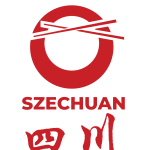
- Welcome to our 44-year-old Szechuan Chinese restaurant! We take immense pride in offering an authentic dining experience that showcases the rich culinary traditions of China.
Recent posts

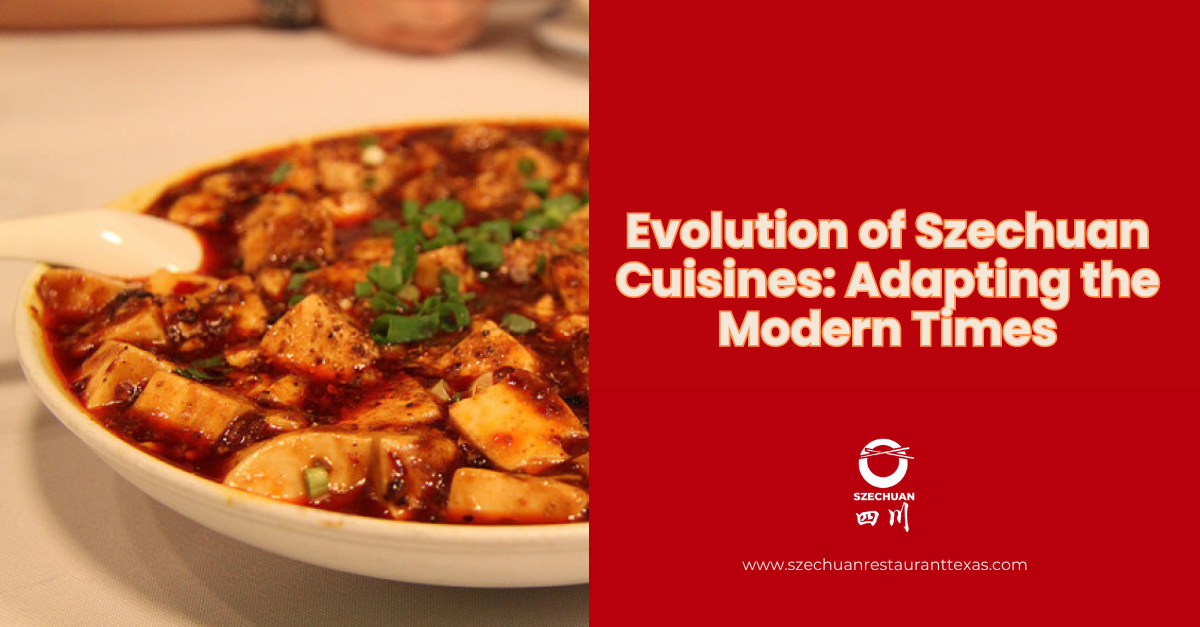
Evolution of Szechuan Cuisines: Adapting the Modern Times

Cooking Szechuan at Home: Tips & Techniques
